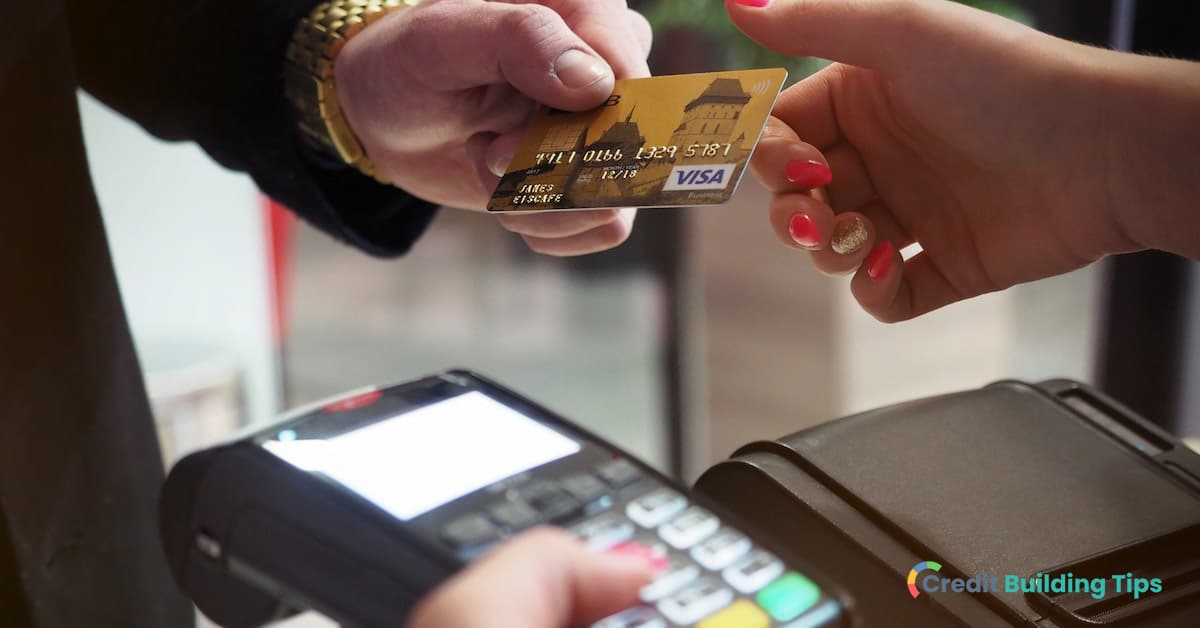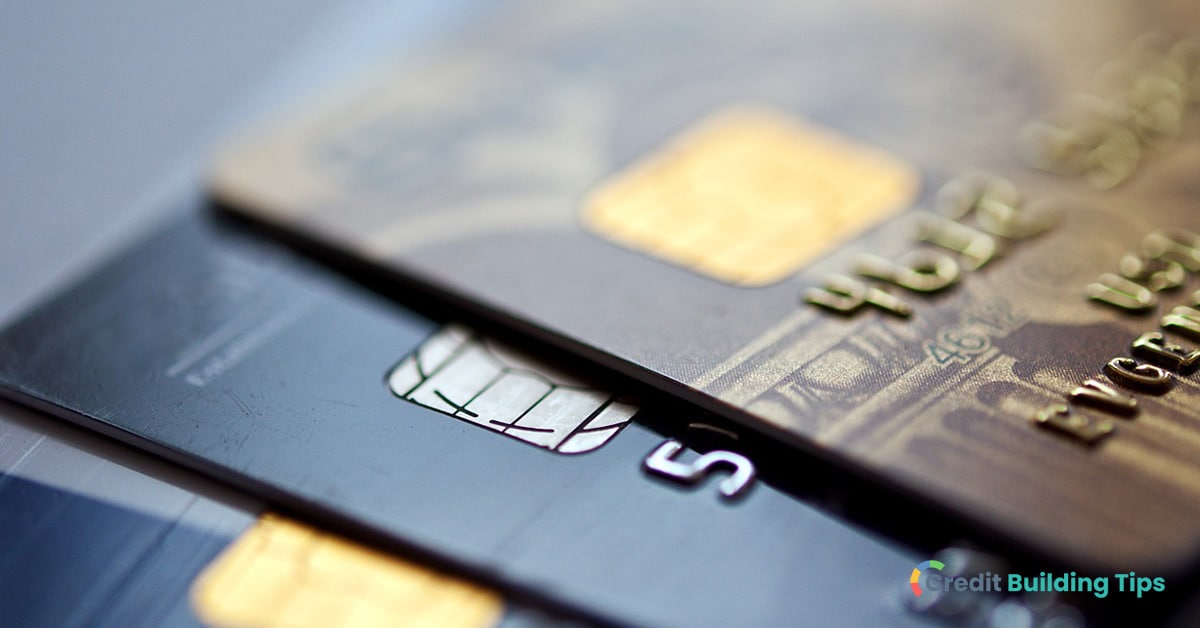Have you ever wondered how merchants can ensure that a credit card being used during a transaction isn't being used fraudulently? When someone enters a credit card number online or reads it over the phone, after all, the merchant has no way of knowing whether the consumer actually physically has the card in their posession.
This is where a CID number comes in-- also known as a CVV2 or CVC2.
 CID on a credit card stands for "card identification number." It is a three or four-digit number that can be found on the card that serves to add additional security for online or over-the-phone transactions.
CID on a credit card stands for "card identification number." It is a three or four-digit number that can be found on the card that serves to add additional security for online or over-the-phone transactions.Let's take a look at everything you need to know about CID numbers.
CID stands for "card identification number." A CID number is a security feature that is used when you are making a transaction when your card isn't physically present. This is a three or four-digit number that can be found on your credit card.

You also might hear the terms:
All of these terms of usually used interchangeably.
This three or four-digit number essentially offers a payment system a method to determine whether your card is authentic.
There are two things that a CID number helps to verify:
These verification numbers aren't contained in the magnetic stripe information of the card. Instead, they are only on the card itself.
Additionally, these numbers can't be found on credit card statements or on receipts. Using a CID helps payment processors ensure that they aren't accepting counterfeit cards.
You can find the CID number on a Visa, MasterCard, or Discover card on the back of the card. It will be located to the right of the credit card number near the signature area. CID numbers on these types of cards consist of three digits.
On American Express cards, the CID number is actually located on the front of the card. It will appear above the account number on the card's face. It usually is on the right side, but it will sometimes appear on the left side of the card.
Many people don't realize exactly what function the security code on their card offers. They sometimes give it out when they don't need to because they think it is necessary information, even in in-person transactions. Stick with us as we answer some of the most common questions about CID to help ensure your credit card info stays safe and secure.
You should never need to give your CID to another person when you are making a sales transaction in person.

In fact, most online retailers will require that you enter your CID when you are making purchases in an effort to prevent fraudulent transactions. That being said, you always want to make sure that you only give your credit card information to reputable companies.
For this reason, it's important to always be careful when entering your card information online.
Here are some steps you can take to protect your financial information online:
Did you overdraw your bank account and you're worried it's going to ding your credit? Check out this article to learn more about whether a bank overdraft affects your credit score.
You will end up with a new CID code when you get a new credit card. This is the case whether you apply for an entirely new card or if an old card expires and you need to replace your existing card.
When you use a credit or debit card in person, you can supply a signature, pin, ID, or another type of verification when making a purchase. However, if you're making an online purchase or buying something over the phone, the merchant and the card processor have no way of knowing for sure that you are actually in possession of the card. You could, instead, be someone who has the name and card number of someone else.
People can steal credit card numbers through a number of venues, including:
Though a CID number isn't a completely foolproof security measure-- after all, not all merchants ask for it-- it does serve as an extra layer of security against fraudulent activity.
Was your identity stolen and it took a serious toll on your credit file? This guide goes over how to repair your credit after ID theft and fraud.
Yes, a CVV, CVC, CVV2, and CVC2 are all acronyms used to describe the same security code on your credit card.
If someone has your CID without any of your other credit card information, they probably won't be able to do any damage. However, if they have your credit card number, your name, your CID, and other important info, you could become a victim of credit card fraud.
If you find yourself in this situation, follow these steps:
Are you trying to improve your credit health? Check out these posts about removing charge-offs, collections accounts, hard inquiries, evictions, and 30-day late payments from your credit report.
Credit cards allow us a tremendous amount of freedom by letting us buy things now and pay for them later. This freedom also comes with responsibility-- the responsibility to both use credit responsibly and keep our credit card information secure so it doesn't fall into the hands of identity thieves.
In order to make sure that your credit card accounts are safe, you'll want to practice the following:
Building a healthy credit score and maintaining it can seem like a big chore sometimes. After all, there are many different moving parts that go into keeping a credit score and credit report in good shape.
Your CID is one of the things that protect you from credit card fraud and therefore protects your credit report. After all, if an identity thief uses your credit card information to make purchases online or over the phone, it can end up resulting in marks on your credit report when payments aren't made on time.
Even though maintaining good credit health can feel like a lot of work, it's well worth the trouble. Having great credit can make it much easier to borrow money when you need to, as well as ensure that you get the best rates and terms when you do. Over your lifetime, having a healthy credit score versus a poor credit score can save you thousands and thousands of dollars.
Are you on a mission to improve your credit? If so, head over to our credit building blog to learn more tips and tricks for boosting your credit score and fixing your credit report.